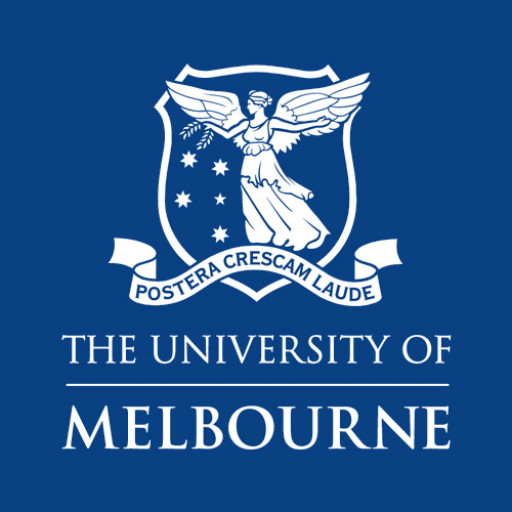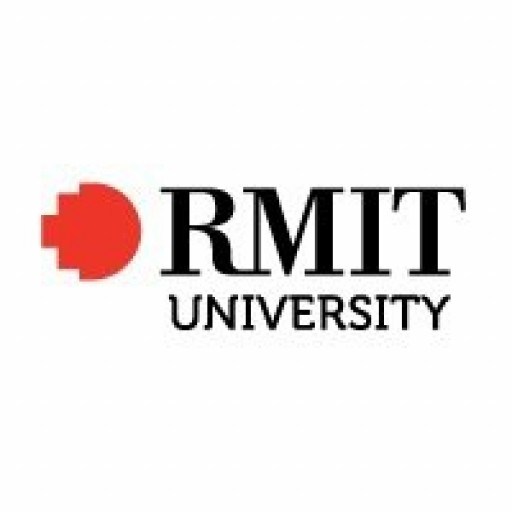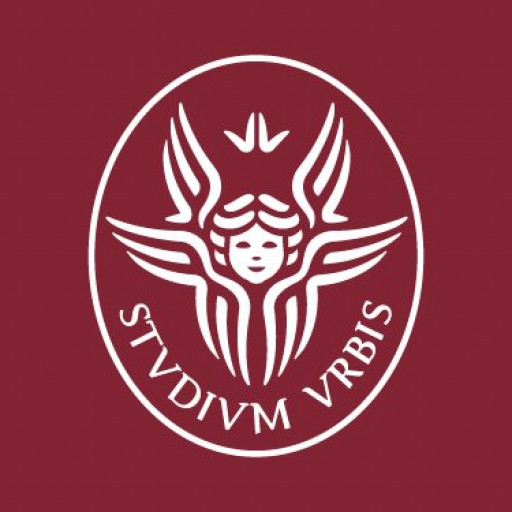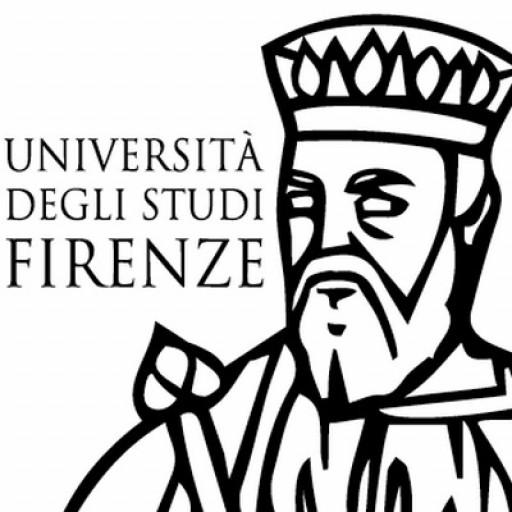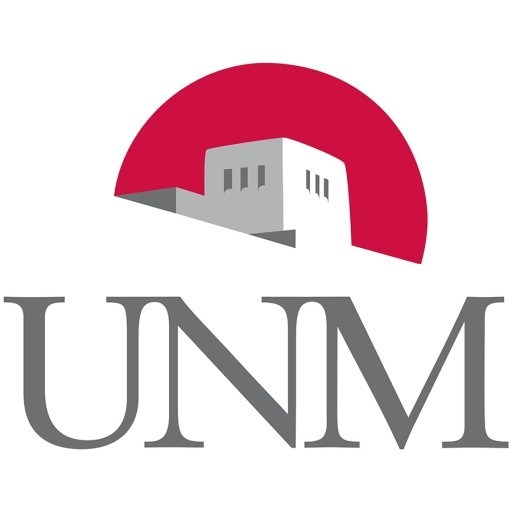Photos of university / #unimelb
The Master of Landscape Architecture will give you the knowledge and skills to help improve our built and natural environments through innovative design. You will gain:
- The skills to design ecologically sound and contemporary landscapes using the latest materials and technologies
- In-depth understanding of international contemporary practice
- The management and communications skills to work effectively in interdisciplinary project teams, directly applicable in professional practice
- An in-depth grounding in landscape architectural history and theory.
The Master of Landscape Architecture offers you flexibility, so you can take a two-year program if you already have a three-year undergraduate degree in Landscape Architecture or the three-year program if your first degree is not in landscape architecture and you are making a career change.
Accreditation
The Master of Landscape Architecture is accredited by the Australian Institute of Landscape Architects (AILA) and is recognised by the International Federation of Landscape Architects (IFLA).
Upon graduation you will have completed the educational requirements for membership of AILA and may apply for graduate membership as the first step towards full professional registration.
The program undergoes regular review for quality assurance.
Completing an accredited degree means you enter the workforce with a stamp of quality on your CV. In a competitive market, an accredited degree is an assurance of quality to employers and an advantage for you. For us, it means we continually strive to improve the quality of the degree in order to retain accreditation. So, you know you are getting the most up-to-date and innovative educational experience.
Program overview
In the Master of Landscape Architecture you will gain a strong grounding in ecology and urbanism. This knowledge will be complemented by in-depth study of history and theory encompassing:
- Contemporary landscape architecture
- Urban design theory
- Cross cultural perspectives of space and cities
- History of landscape architecture and architecture
You will undertake a range of core design studios supplemented by specialist landscape architecture subjects and electives from related built environment disciplines, including urban design, urban planning, architecture, property and construction.
All this will give you a well-rounded base from which to produce creative and sustainable design solutions for urban and natural environments.
Career outcomes
As a qualified landscape architect you will be in demand at all levels of government, in metropolitan and non-metropolitan areas, and in landscape architectural, planning, engineering and multidisciplinary consultancy firms.
You may also find employment with groups such as conservation agencies and land development organisations, or you may choose to set up your own landscape architectural practice.
Graduates from the Master of Landscape Architecture have gone on to work at many firms in Australia and across the world including:
- Hassell
- Places Victoria
- Hansen Partnership Pty Ltd
- Ditec SeoCho Centre, Seoul
- Surbana International Consultants P/L, Singapore
- The University of Edinburgh
- Royal Botanic Gardens
- Formium Landscape Architects
- Aspect Studios
- Taylor Cullity Lethlean
- Outlines Landscape Architecture
- Underground Railway Design Institute, Guangzhou
MASTER OF LANDSCAPE ARCHITECTURE 3-YEAR STREAM (ENTRY WITH A DEGREE IN ANY DISCIPLINE)
| SEMESTER 1 | |
|---|---|
| POINTS | |
| Landscape Studio 1: Design TechniquesCORE | 25 |
| Landscape PlantsCORE | 12.5 |
| Shaping the LandscapeCORE | 12.5 |
| SEMESTER 2 | |
|---|---|
| POINTS | |
| Landscape Studio 2: Site and DesignCORE | 25 |
| Performative EcologiesCORE | 12.5 |
| History of Landscape ArchitectureCORE | 12.5 |
| SEMESTER 3 | |
|---|---|
| POINTS | |
| Landscape Studio 3 SpeculationsCORE | 25 |
| Contemporary Landscape TheoryCORE | 12.5 |
| Landscape Architecture ElectiveELECTIVE | 12.5 |
| SEMESTER 4 | |
|---|---|
| POINTS | |
| Landscape Studio 4 StrategiesCORE | 25 |
| Landscape Detail DesignCORE | 12.5 |
| Landscape Architecture ElectiveELECTIVE | 12.5 |
| SEMESTER 5 | |
|---|---|
| POINTS | |
| Landscape Studio 5:Sustainable UrbanismCORE | 25 |
| Constructed EcologiesCORE | 12.5 |
| Multidisciplinary ElectiveELECTIVE | 12.5 |
| SEMESTER 6 | |
|---|---|
| POINTS | |
| Landscape Architecture Design ThesisCORE | 25 |
| Landscape PracticeCORE | 12.5 |
| Multidisciplinary ElectiveELECTIVE | 12.5 |
MASTER OF LANDSCAPE ARCHITECTURE 2-YEAR STREAM (ENTRY WITH LANDSCAPE ARCHITECTURE MAJOR)
| SEMESTER 1 | |
|---|---|
| POINTS | |
| Landscape Studio 3 SpeculationsCORE | 25 |
| Contemporary Landscape TheoryCORE | 12.5 |
| Landscape Architecture ElectiveCORE | |
| SEMESTER 2 | |
|---|---|
| POINTS | |
| Landscape Studio 4 StrategiesCORE | 25 |
| Landscape Detail DesignCORE | 12.5 |
| Landscape Architecture ElectiveELECTIVE | 12.5 |
| SEMESTER 3 | |
|---|---|
| POINTS | |
| Landscape Studio 5:Sustainable UrbanismCORE | 25 |
| Constructed EcologiesCORE | 12.5 |
| Multidisciplinary ElectiveELECTIVE | 12.5 |
| SEMESTER 4 | |
|---|---|
| POINTS | |
| Landscape Architecture Design ThesisCORE | 25 |
| Landscape PracticeCORE | 12.5 |
| Multidisciplinary ElectiveELECTIVE | 12.5 |
The entry requirements for the Master of Landscape Architecture are different depending on your academic background.
Study Landscape Architecture over two years
- Duration: 2 years full-time / 4 years part-time
- Study mode: On-campus only – Parkville campus
- Intake: Semester 1/Semester 2
- Academic background: You have a three-year undergraduate degree in landscape architecture
You need to meet the following criteria for successful entry to the program:
- A minimum three-year undergraduate degree with a landscape architecture major with a weighted average of at least 65%, or equivalent to the University of Melbourne grading scheme.
- A personal statement of up to 500 words outlining relevant prior study and work experience, and motivation to undertake the program.
- A design portfolio.
Design portfolio requirements
You must submit a design portfolio focussing on design work (rather than, for example, life or still-life drawing skills). If you are submitting work done in the context of employment, you should explain your role in the work produced with brief notes.
Images and drawings presented in the portfolio should be reproduced at sufficient scale and resolution to be clearly readable. Elaborate formats that reduce the available page space for the design images should be avoided. It is most helpful to see a variety of drawings and images: free hand diagrams, computer images, two-dimensional (plans, sections, elevations) and three-dimensional studies, and photographs of physical models.
Please note meeting the minimum entry requirements is not a guarantee of entry.
Study Master of Landscape Architecture over three years.
- Duration: 3 years full-time or 6 years part-time
- Intake: Semester 1 only
- Study mode: On-campus only – Parkville campus
- Academic background: You have completed an undergraduate degree but it is not in landscape architecture
You need to meet the following criteria for successful entry to the program:
- An undergraduate degree in any discipline with a weighted average of at least 65%, or equivalent to the University of Melbourne grading scheme.
- A personal statement of no more than 500 words which outlines relevant prior study, work experience and motivation to undertake the program. This should include evidence of your interest in design and aptitude for creative thinking through design. Evidence can include photographic essays, photographs of executed works of visual art, prose, published writing, graphic design, records of multi-media design and design processes from other disciplines. This material should be incorporated into the personal statement.
Design portfolio requirements
A design portfolio is not required for entry into the 300 point stream.
The Selection Committee may conduct interviews or tests and may call for referee reports and employer references to clarify any of the points above.
Please note meeting the minimum entry requirements is not a guarantee of entry.
